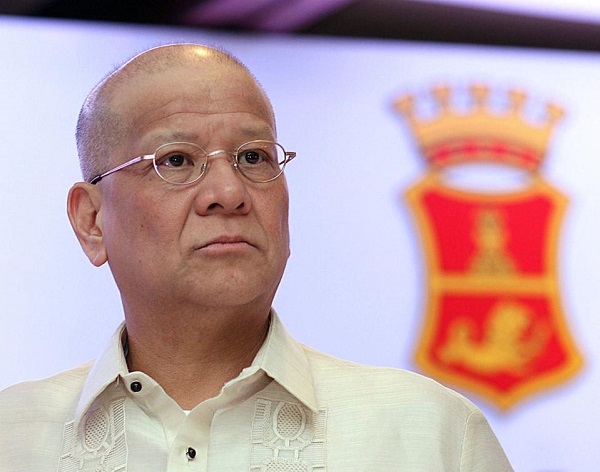Bike infrastructure is a traffic solution, not an obstacle
The Manila Times | March 24, 2022

Ramon Ang of San Miguel attends the company’s annual general meeting, in Manila, the Philippines, on … [+] EDWIN TUYAY/BLOOMBERG
SAN MIGUEL Corp. chairman Ramon S. Ang ruffled quite a few public feathers recently when he offered the opinion, “Ang problema lamang sa EDSA, traffic, is because of the bicycle lane. In other countries, bicycle lanes are on the sidewalk. Tayo ginawa natin sa gitna ng highway (The only problem with EDSA, traffic, is because of the bicycle lane. In other countries, bicycle lanes are on the sidewalk. We made it in the middle of the highway).”
Confronted by angry online commenters pointing out the basic ridiculousness of his comments, Ang later walked them back, clarifying that he believes expanding and improving infrastructure for bicycles and pedestrians is important. He suggested, for example, that a bike/pedestrian lane along Edsa could be elevated, providing safety for its users and, presumably, preventing it from being a nuisance to motor vehicle traffic along the nation’s busiest thoroughfare.
To be fair to the SMC chief, he has repeatedly championed including bicycle lanes in road infrastructure projects in recent years, although the nation’s busiest developer has not yet found an opportunity to turn the sentiment into reality. One of Ang’s more interesting ideas, which we would hope would find an application in the near future, is to construct bicycle lanes using recycled plastic, a grossly underutilized resource the Philippines has in undesirable abundance.
While we believe that building more and better road infrastructure is both productive and necessary, and that the Duterte administration’s Build, Build, Build program should be continued by the next administration in some form, we also believe the cultural and policy perspective toward bicycles and other “non-motorized” infrastructure must change. Bicycle lanes and associated infrastructure such as safe parking should no longer be considered a non-essential option in infrastructure planning and development, but a requirement to be properly integrated into every project possible.
It is a matter of simple calculus. Bicycles require no fuel and produce no emissions, are relatively inexpensive, and require much less road space than needed for a comparable number of cars or even tricycles, thus reducing rather than aggravating traffic congestion. As many bicycle users have pointed out, in highly congested areas such as most of Metro Manila, traveling by bike is generally faster than traveling by car or public transportation.
Naturally, there are some limitations; not everyone can use a bicycle instead of some other means of transportation, and whether or not it is an option depends on one’s circumstances. However, it is very likely that many more people would use bicycles if they were encouraged to do so by the provision of safe, accessible infrastructure for it.
Integrating bicycle lanes — which would also double as safe space for pedestrians — into new road infrastructure projects is fairly easy, and could be ensured by a simple order by the government that any project proposal include them, except in instances where it is technically impossible to do so. Retrofitting existing streets and roads, however, is understandably a bigger challenge and in some areas, perhaps an insurmountable one.
Unfortunately, many roads, particularly in Metro Manila, are not well-designed, not even for the volume of motor vehicle traffic they carry, and so carving out space for bike lanes is difficult. Examples of well-intentioned failures in providing bike lanes can be seen in many parts of Metro Manila, where even though lanes are established with special markings, lights, or even physical dividers, they have become clogged with streetside vendors, parked cars, or used as overflow lanes by other traffic. Ironically, the bicycle lane that extends along the outer margins of most of EDSA, the city’s busiest and most congested street, is one of safest and most efficient available.
That surprising reality should be taken as a demonstration that creating good bicycle infrastructure is certainly possible, while the high cost of transportation and the negative impact on productivity and the environment of chronic traffic congestion should be taken as a sign that creating the infrastructure is necessary. It will not by itself solve traffic problems, but it will contribute in a substantial way to an eventual solution, and should not be dismissed.
Source: The Manila Times
